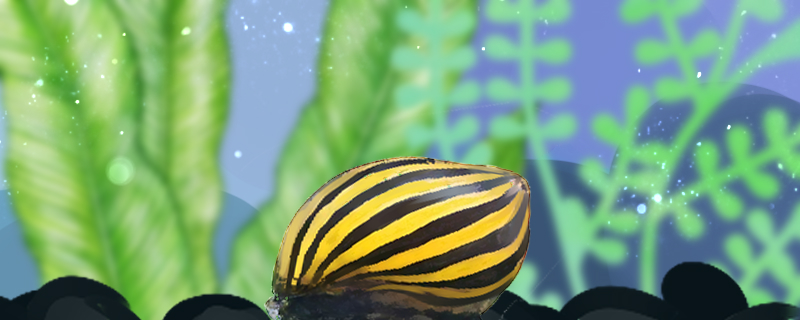
It is generally believed that snails eat plankton, mainly algae and rotten aquatic plants, and will not eat healthy aquatic plants. However, people who keep zebra snails often report that the water plants in the tanks with zebra snails become less, yellow and have holes. There are several reasons for this situation:
1. In addition to eating algae and rotten branches and leaves of aquatic plants, zebra snails will eat young aquatic plants when food is insufficient. Therefore, at the beginning of planting aquatic plants, it is not recommended to put screws into the tank within one month. Because the snail will dig out the water plants that have just been put in and have not yet grown well.
2. Some grasses have their own problems, such as injured leaves, rotten roots and rotten roots. At this time, it became a delicacy for zebra snails.
3. The yellowing of aquatic plants may not be related to zebra snails, but to water quality problems caused by insufficient sunshine or long time without changing water. Small holes appear in the grass, which may be the cause of microorganisms.
Raising zebra snails in grass tanks also has some advantages, the most important of which is that zebras like to eat green algae, which can remove algae from grass tanks.
But zebra snails mainly live at the junction of rivers and sea water. Its most suitable living environment is alkaline and salty water, grass tanks are generally acidic fresh water or soft water, in fact, is not the most suitable for zebra snails. Therefore, if you want to raise zebra snails in grass tanks, you need to add some salt and pay attention to water quality.
In addition, if you want to raise zebra snails in the grass tank, you need to pay attention to the following points:
1. At the beginning of planting aquatic plants, it is not recommended to put snails into the tank within one month. Because the snail will dig out or eat the aquatic plants that have just been put in and have not grown well in the case of food shortage.
2. Zebra snails may accidentally damage aquatic plants when eating algae, which will lead to tooth marks on aquatic plants.